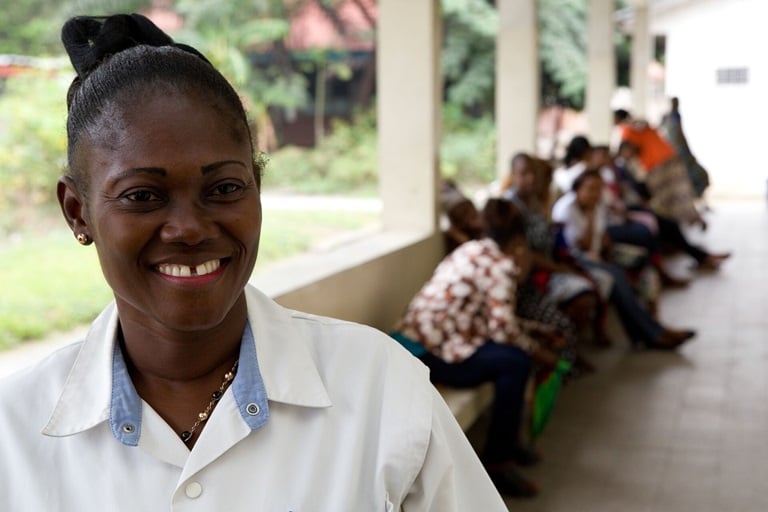
The World Health Organization (WHO) has introduced a groundbreaking framework to combat drug resistance in HIV, hepatitis B and C, and sexually transmitted infections (STIs). The Integrated Drug Resistance Action Framework for 2026–2030 aims to address the escalating threat of drug resistance, which poses a significant challenge to global health efforts.
Drug resistance has emerged as a formidable barrier to effective prevention and treatment strategies. Without swift and coordinated action, it threatens to increase new infections, treatment failures, and preventable morbidity and mortality, thereby undermining global goals to eliminate these diseases. The WHO’s new framework advocates for a unified approach to prevent the emergence and spread of resistance through integrated, people-centered strategies.
Key Strategic Areas
The framework delineates five strategic areas of focus: prevention and response, monitoring and surveillance, research and innovation, laboratory capacity, and governance and enabling mechanisms. It underscores the importance of antimicrobial stewardship, robust surveillance systems, and equitable access to high-quality prevention, diagnosis, and treatment services for HIV, hepatitis B and C, and STIs.
“Drug resistance threatens decades of progress in HIV, hepatitis, and STI control. This framework is a call to action for countries, communities, and partners to unite around a shared agenda,” said Dr. Tereza Kasaeva, Director of WHO’s Department for HIV, Tuberculosis, Hepatitis, and Sexually Transmitted Infections. “Together, we can preserve the effectiveness of life-saving antimicrobial drugs and accelerate progress toward ending these epidemics.”
Context and Background
The announcement comes as global health authorities grapple with the rising challenge of antimicrobial resistance (AMR), which has been identified as one of the top ten global public health threats by WHO. The framework builds on WHO’s Global Health Sector Strategies and aligns with the Sustainable Development Goals and the Global Action Plan on Antimicrobial Resistance.
This development follows the renewed political commitment seen at the 2024 UN High-level Meeting on Antimicrobial Resistance. The meeting stressed the need for a multisectoral approach to tackle AMR, emphasizing collaboration across various sectors, including health, agriculture, and the environment.
Expert Opinions and Historical Parallels
Experts have long warned about the dangers of drug resistance, drawing parallels to the early days of the HIV epidemic when limited treatment options led to high mortality rates. Dr. Anthony Fauci, a leading infectious disease expert, has often highlighted the critical need for ongoing research and innovation to stay ahead of evolving pathogens.
Historically, the fight against drug resistance has been hampered by fragmented efforts and insufficient funding. The new framework seeks to address these issues by providing a comprehensive roadmap that encourages collaboration and resource-sharing among countries and organizations.
Looking Ahead: Implications and Next Steps
The move represents a significant step forward in the global fight against drug resistance. By prioritizing integrated strategies and fostering international cooperation, the framework aims to safeguard the effectiveness of existing treatments and accelerate progress toward eliminating these diseases as public health concerns.
According to sources within WHO, the next steps involve engaging with member states and partners to implement the framework’s recommendations. This includes strengthening health systems, enhancing laboratory capacities, and investing in research and development to discover new diagnostic tools and treatments.
As the world continues to battle the COVID-19 pandemic, the importance of addressing drug resistance has become even more pronounced. The WHO’s framework serves as a timely reminder of the need for vigilance and innovation in the fight against infectious diseases.






